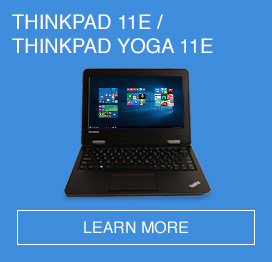We all know education is very different today than it was ten years ago, but how differently do we learn? Students have access to more information than ever before and simultaneously more tools to develop and propagate what they know. Then and now, what’s changed?
1. Timetable then. Always on now
Students aren’t learning only in the classroom anymore. There was a time when we’d go to school and then head home and (after completing our homework for some, and whenever for others) switch off our brains. Off course tactile and social learning was still happening but study wasn’t the goal of the exercise. This is no longer true. Students have more homework, more time online and more platforms on which to learn. And they are using them. Students today are more informed and more interested in being informed than ever before. Which bring us to our next comparison...
2. Playground then. Social media now
Social media affects students in a lot of ways and we tend to only look at the negative ones. Let’s admit it though - we didn’t have these distractions at their age, a constant stream of socialising available every minute of the day. No, we played outside and met our childhood friends IRL. Still, social media isn’t just about self-promotion, social status and procrastination (although it does all these things too). The most interesting outcome of social media is it shows us students want to learn, always, they will spend more time earning about the world and how to live in it on Tumblr than they will in the classroom. Moreover, they will consume blogs, videos and games that teach them about other ways of life, history, craftsmanship, innovation...The list goes on.
3. Textbooks then. Student portal now
Perhaps most importantly we once all carted (and paid for) text books to pass standardised exams and learn by rote. Today, students have access to student portals with their course material provided, tools for communicating with other students and managing projects and even avenues for discussions with educators for facilitation and support. Studying is no longer a passive activity but an active application within a curated environment.
4. Notebook then. Tablet now
However much we lament the loss of cursive skills, students today can record their classes while simultaneously taking notes or joining in classroom discussion. Devices in the classroom, with the right policy, integration and environment can enable students of different levels to engage and learn at a pace we who studied ten or more years ago would struggle to grasp. Yes, they’ll never know the struggle of perfecting a four page essay with footnotes written entirely by hand. But they will research better, collaborate better and innovate more.
















